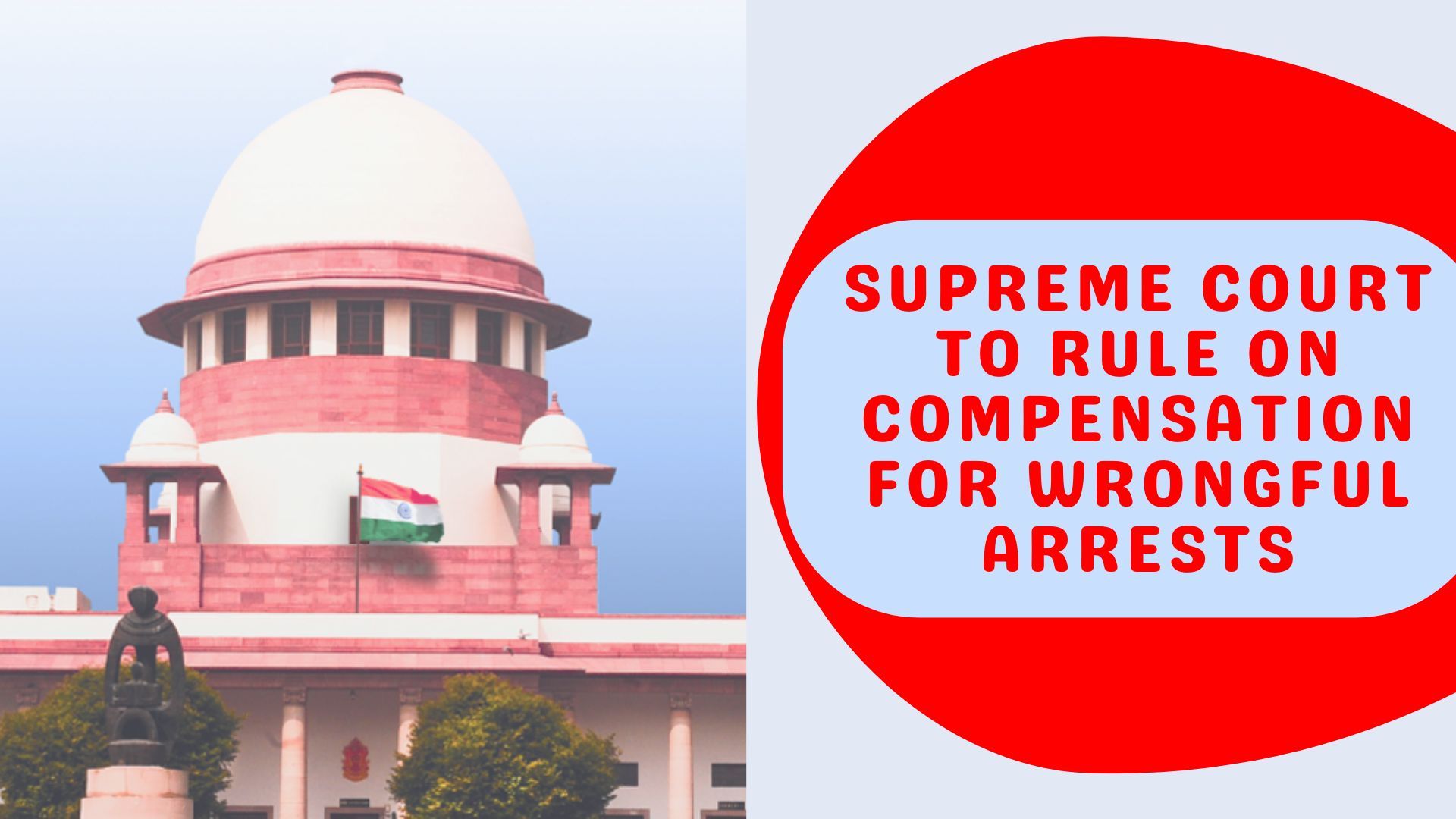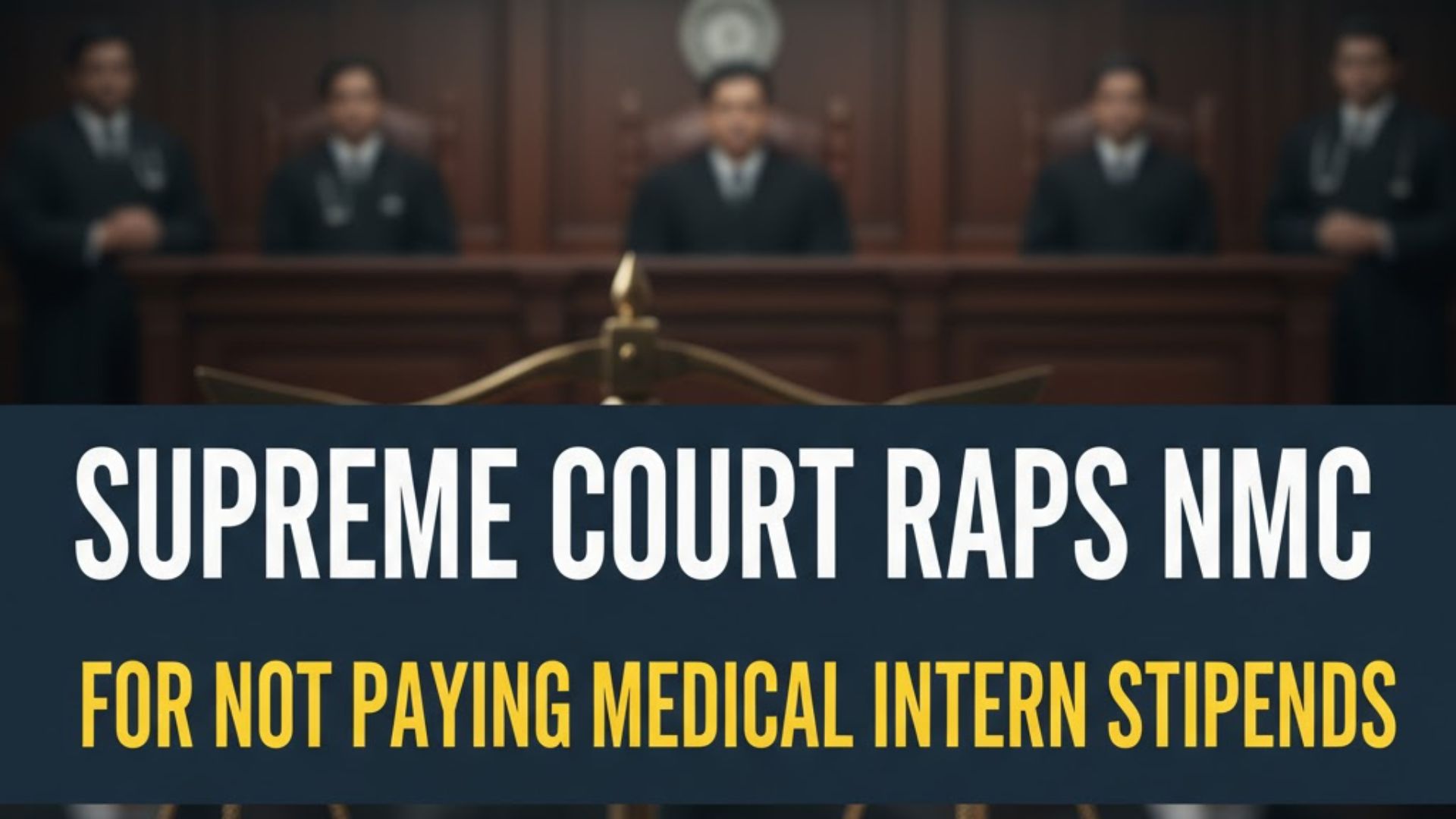@JUDGMENTTAG-ORDER
N. Kumar, J.@mdashThe petitioner in this petition is seeking a writ of certiorari for quashing of annexure C, the clarification dated December 11,
2007 and in the alternative for a declaration that it would apply prospectively and not retrospectively.
2. The petitioner is a dealer registered under the provisions of the Karnataka Value Added Tax Act, 2003 (for short, hereinafter referred to as ""the
Act""). He is a commission agent carrying on the business as a distributor for sale of aluminum composite panel among other products. In order to
have an absolute clarity on the aspect of the appropriate rate of tax applicable on the sale of goods he filed an application u/s 59(4) of the Act to
the second respondent requesting for clarification of the rate of tax applicable on aluminium composite panel and PVC flexible film on December 8,
2005. Along with the application he also enclosed copies of the bill of entries relating to import of these goods in which the commodity imported
was described as ""aluminum (plastic composite) panel sheet interior"". It falls under Chapter 39 of the Central Excise Tariff Act, 1985 (for short,
hereinafter referred to as, ""the Tariff Act"") under Heading No. 3920, sub-heading No. 1019 and sub-heading No. 4900. The said goods find a
place under entry 51 of the Third Schedule appended to the Act. The second respondent issued a clarification dated February 2, 2006 clarifying to
the effect that PVC flexible film and aluminium panel sheets covered under the Central Excise Tariff Act Code 3920.49.00 and 3920.10.19,
respectively, fall under serial No. 144 of the Notification bearing No. FD 197 CSL 2005(6) and would consequently be liable to tax at the rate of
four per cent, of the Act. Annexure B is the said clarification dated February 2, 2006. Subsequently, the second respondent served notice on the
petitioner dated May 29, 2007 calling upon the petitioner to show cause as to why the clarification dated February 2, 2006 ought not to be
withdrawn since the aluminium composite panel was excisable to tax u/s 4(1)(b) of the Act at the rate of 12.5 per cent, and not at four per cent, as
clarified earlier.
3. The petitioner appeared through the authorised representative and contested the said show-cause notice. However, the second respondent
overruled the objections of the petitioner and withdrew the clarification dated February 2, 2006 and issued a fresh clarification dated December
11, 2007. According to the subsequent clarification, aluminium panel sheets and aluminium composite panel sheets are taxable at the rate of 12.5
per cent, in terms of Section 4(1)(b) of the Act. It was also made clear that the earlier clarification dated February 2, 2006 stood withdrawn from
the date of its issue. Annexure C is the said clarification. Aggrieved by the same, the petitioner has preferred this writ petition.
4. The respondents have filed a counter. It was contended that on a thorough examination of the goods in question by the second respondent, it
revealed that the commodity in question is made of aluminium sheets on either side and thick plastic sheet in the middle. It is sold/dealt by the
dealer in building materials/decorative tiles materials. It is not dealt by the petitioner as plastic goods. It is used for fixing on the wall in building and
used as industrial input. Central Excise Tariff Code 3920.10.19 relates to plastic articles combined with other material. Hence, for a commodity to
fall under this code, it should predominantly be a plastic article and known in trade and dealt as an article of plastic. The commodity dealt by the
petitioner is aluminium panel sheets and aluminium composite panel sheets falling under the Central Excise Tariff Code 7606.11.90. Therefore, it
cannot be classified as plastic articles. Therefore, the clarification dated February 2, 2006 was issued on the representation made by the petitioner
that the commodity in question falls under the Central Excise Tariff Code 3920.10.19, which was found to be incorrect and the same was
withdrawn. As the said clarification was based on misrepresentation made by the petitioner, the same was withdrawn with retrospective effect after
providing sufficient opportunity of hearing to the petitioner. An entry cannot have two meanings, one prior to the clarification and subsequent to the
clarification. The Commissioner has authority in law to withdraw the clarification. Subsequent clarification is nothing but rectification of the earlier
clarification. The modification made to the clarification relates back to the date of issuance of the clarification. Therefore, the petitioner cannot
challenge the clarification dated December 11, 2007 on the ground that it cannot be given retrospective effect from the date of notification. The
said clarification is applicable to the entry from the date of its incorporation in the Act. Therefore, the respondents have sought for dismissal of the
writ petition.
5. Sri R.V. Prasad, learned Counsel for the petitioner, assailing the impugned clarification submits that in the first place the clarification is contrary
to what is contained in Chapter 39 of the Tariff Act and therefore, it is liable to be set aside. Even otherwise, the earlier clarification issued by the
second respondent on which the petitioner has acted upon is binding on the Department till it is withdrawn, modified or rectified and therefore, the
impugned clarification cannot be retrospective, but it can only be prospective.
6. Per contra, learned Government Advocate submitted that the second respondent who had issued the earlier clarification has the power to
withdraw the said clarification. Any clarification issued by the Commissioner is always retrospective, i.e., from the date of incorporation of the said
provision in the Act and it cannot be prospective. Lastly, it was contended that once such a clarification is issued, the dealer is liable to pay tax in
terms of the said clarification and he cannot contend that it has to be only prospective.
7. In the light of the aforesaid facts and rival contentions, it is clear that the petitioner filed an application u/s 59(4) of the Act requesting the second
respondent to clarify the rate of tax applicable to the goods in question. A clarification was given stating that it is four per cent, on the value of the
goods. With the change of incumbent in the office, it was noticed that the said clarification is not proper. According to the second respondent, it
was obtained earlier on misrepresentation of facts. He wanted to review the said clarification. Therefore, he had issued a show-cause notice to the
petitioner calling upon him to show cause as to why the earlier clarification should not be withdrawn. After hearing the petitioner, he has withdrawn
the earlier clarification by giving cogent reasons. The power to withdraw such clarification cannot be disputed.
8. The learned Counsel for the petitioner submitted that he will restrict this writ petition only for a declaration that the impugned clarification should
be prospective.
9. The Supreme Court in the case of State Bank of Travancore Vs. Commissioner of Income Tax, Kerala, has held that the earlier circulars being
executive in character cannot alter the provisions of the Act. These were in the nature of concessions and could always be prospectively
withdrawn. Again the Supreme Court, in the case of Bengal Iron Corporation v. Commercial Tax Officer reported in [1993] 90 STC 47 SC, has
held that the clarification and circular issued by the Central Government and/or the State Government represents merely their understanding of the
statutory provisions. They are not binding upon the courts. It is true that those clarifications and circulars were communicated to the concerned
dealers but even so nothing prevents the State from recovering the tax, if in truth such tax was leviable according to law. There can be no estoppel
against the statute. The understanding of the Government, whether in favour or against the assessee, is nothing more than its understanding and
opinion. It is doubtful whether such clarifications and circulars bind the quasi-judicial functioning of the authorities under the Act. While acting in a
quasi-judicial capacity, they are bound by law and not by any administrative instructions, opinions, clarifications or circulars. Law is what is
declared by the Supreme Court and the High Court. To wit, it is for the Supreme Court and the High Court to declare what a particular provision
of the statute says and not for the executive.
10. Following the aforesaid law, the Supreme Court in the case of K.P. Varghese Vs. Income Tax Officer, Ernakulam and Another, and the
learned single judge of this Court in the case of Binani Industries Limited v. Assistant Commissioner of Commercial Taxes reported in [2003] 129
STC 199 SC held that any circular which beneficially affects the rights of dealers as it stood at the beginning of the assessment year will apply to
the entire year and the modification/withdrawal of such circular will not be relevant for that current year but will only apply from the beginning of the
next assessment year.
11. In the light of the aforesaid decisions, it is clear that the second respondent has the power to withdraw the earlier circular issued. As the earlier
circular was beneficial to the petitioner, the benefit that accrued to the petitioner under the earlier circular can be taken away only from the date of
the subsequent circular under which the earlier circular was withdrawn. Though the subsequent circular would have the effect of nullifying the earlier
circular as it is only an interpretation of the provision, it will not have the effect of denial of the benefit of earlier circular. In other words, the
impugned circular has to be only prospective and not retrospective. In that view of the matter, the petitioner is not liable to pay tax at 12.5 per
cent, for the period covered under the earlier circular and is liable to pay tax at 12.5 per cent., which arises only from the date of the impugned
circular.
12. Hence, I pass the following order:
(1) The writ petition is allowed.
(2) The impugned circular at annexure C would apply prospectively from December 11, 2007 only.
(3) No costs.

